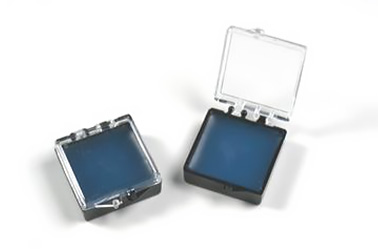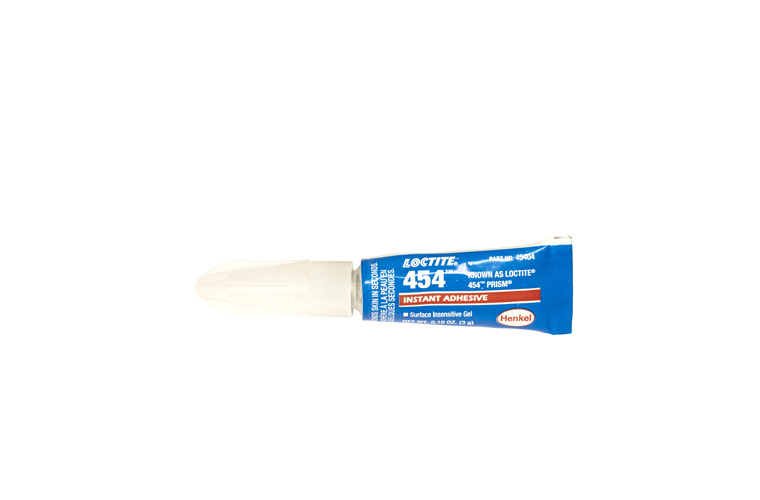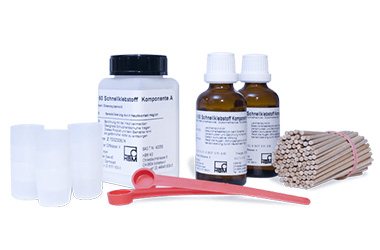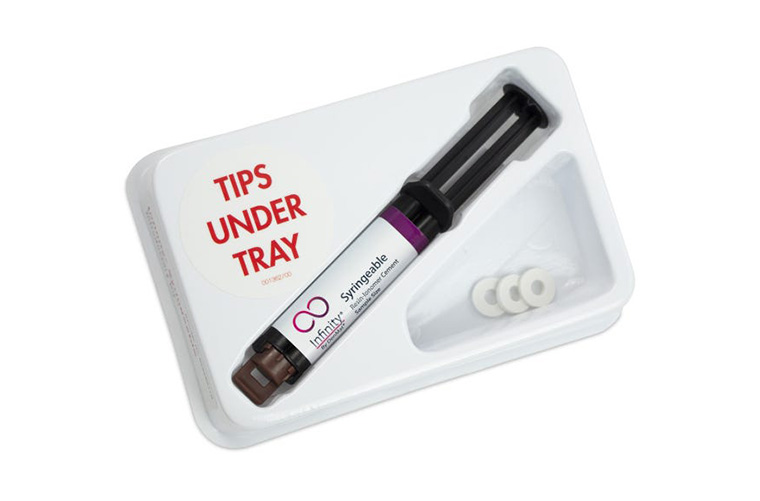Main Menu
- Home
- Product Finder
- Calibration Systems
- Calibration Services
- Digital Sensing
- Industrial Vibration Calibration
- Modal and Vibration Testing
- Non-Destructive Testing
- Sound & Vibration Rental Program
- Learn
- About Us
- Contact Us
Adhesive mounting techniques are an alternative to stud mounting most commonly used when stud or screw mounting methods are not practical. Users should be aware that the addition of any mass (such as an adhesive or a magnetic mounting base) to an accelerometer lowers the resonant frequency of the sensing system and may affect the accuracy and limits of the accelerometer's usable frequency range. However, adhesive mounting is sometimes the only available option to fasten an accelerometer to a test object.
When using an adhesive mounting technique, it is recommend to use a mounting base whenever possible to preserve the accelerometer's useful life. These adapters are normally first glued to the test surface, then the accelerometers are stud mounted to them. Most adhesive mounting bases available from PCB® are constructed of anodized aluminum and provide electrical isolation, eliminating potential noise pick-up and ground loop problems.
No matter what mounting technique is being used, the surface preparation is crucial for obtaining the best measurement results. A smooth and flat machined surface will achieve a higher degree of surface contact and thus the best high frequency transmissibility. When using the adhesive mount method, expect high frequency responses to be dampened in direct relationship to the mass of the accelerometer.
Below are some options, many available from external vendors, for adhesives that can be used to mount accelerometers. Of all of the options, dental cement can be viewed as the most extreme bonding method, due to the fact that it will most likely cause damage to the testing surface. Even with the proper removal steps, such as using a debonding agent, the testing surface will still be affected from the dental cement bond. The Modal Shop does not ship any adhesives that require special handling due to a hazardous material designation.




When available, use a releasing agent (such as acetone) to soften the adhesive before removing. Check out PCB’s pages on accelerometer adhesives available for purchase and for general tips on accelerometer mounting.
All product names, logos, and brands are property of their respective owners.